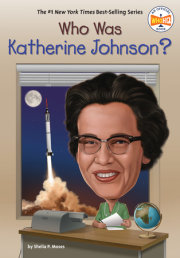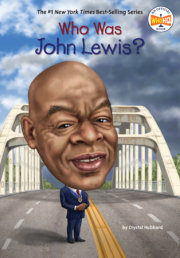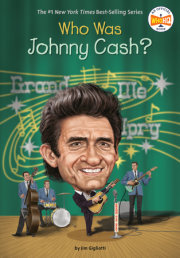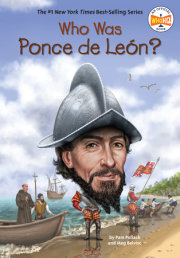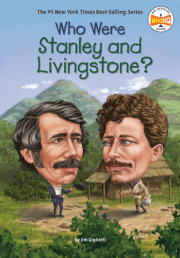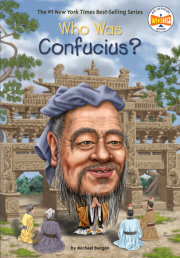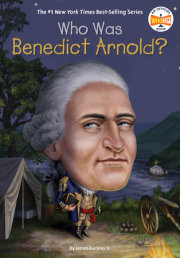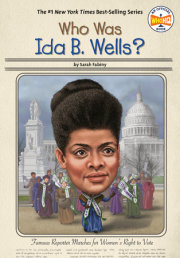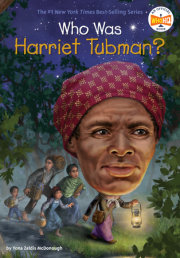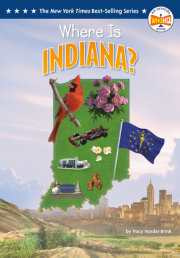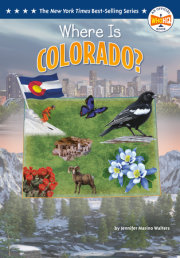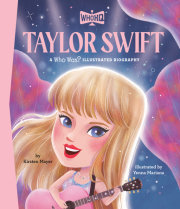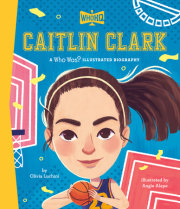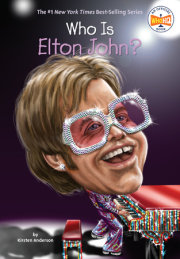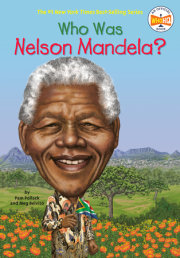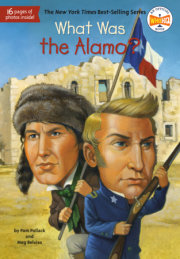Who Was Lewis Carroll? On July 4, 1862, a small boat sailed down the Isis River—a part of the famous Thames—in Oxford, England. Three sisters, Lorina, Alice, and Edith Liddell, were enjoying a day on the water with family friends Robinson Duckworth and Charles Dodgson. The two men taught at Oxford University with Mr. Liddell, the girls’ father.
Charles Dodgson was like no other adult the girls knew. He was very smart. He taught math at the university. He loved to invent puzzles and games. He took dozens of photos of the girls dressed up in costumes with a very new invention: the camera.
But best of all, Charles told great stories. He often made them up on the spot, taking ideas from real life and making them seem funny or magical. As he rowed the boat that day, Charles made up a story about a girl—also named Alice—who chased a white rabbit into its hole and fell into a strange, wonderful new world.
In this world, many of the characters seemed a lot like the people in Alice Liddell’s own life, only funnier. Everyone in the boat inspired a character in the story. A duck for Reverend Duckworth, an imaginary bird called a Lory for Lorina, and an Eaglet for Edith. Charles himself was represented by a Dodo. This was not too surprising because he had a slight stutter. Sometimes when he said his last name it came out Do-do-dodgson.
Charles’s friend Duckworth was amazed that Charles could make up such an enchanting story so quickly. Later that day, Alice wondered: Could Charles write the new story down so she could read it again and again? Charles sometimes wrote and published poetry and essays under a made-up name (called a pen name), Lewis Carroll. But he had never been asked to write a children’s story. He promised Alice he would.
The world is lucky that Alice Liddell asked for that favor! Because the story Charles wrote as Lewis Carroll became one of the most famous children’s stories of all time:
Alice’s Adventures in Wonderland.
Chapter 1: Fun and Games Charles Lutwidge Dodgson was born on January 27, 1832. His father was a country parson. Just like a priest, he was in charge of the local church.
Charles’s home life in Daresbury, England, was very religious. The family read the Bible and went to church often. When Charles was born, he already had two older sisters. Over time his parents would have eleven children in all, seven girls and four boys. Almost all of them had a stutter like Charles, who was also deaf in his right ear.
Charles loved his life in Daresbury. His mother was very patient and kind. His brothers and sisters were a lot of fun. Charles was a curious boy who wanted to learn about the world. He climbed trees and played with frogs.
His father taught him math, reading, and even how to speak Latin. One day when Charles was very young, he brought his father a book of advanced math equations and asked, “Please, explain.” His father told him he was too young to understand such complicated things. Charles nodded and said, “
But,
please explain!”
When Charles was eleven, his father moved the family to Saint Peter’s Church in Croft, in the north of England. They moved into the Croft Rectory, a house especially for the parson and his family, in 1843. It was much bigger than the house in Daresbury, and stood across the street from the large stone church of Saint Peter’s. Charles’s father built a real schoolhouse to replace the barn that had been used for lessons. Parson Dodgson taught the students himself.
Life in the Dodgson home was centered on the family’s strong faith. Family prayers were said in the morning and evening. On Sundays everyone read the Bible. Charles tried very hard to live up to what he thought God might want of him.
But life was also a lot of fun. The Dodgson children all loved to play games, and Charles was especially good at coming up with exciting things to do. He put on puppet shows in a theater he built himself. He performed magic tricks. He acted out plays and stories. He drew funny pictures.
Charles was so fascinated by the big train that ran near Croft, he even built his own version out of a wheelbarrow and a barrel. Then he set up areas in the garden that stood for different stations. He drove his brothers and sisters from station to station, stopping for snacks at each one. To get on the train, they had to buy a ticket. Charles made up a strict timetable for the train and anyone who broke the rules—say, by jumping out of the train while it was moving—was put in jail.
Charles and his siblings loved their new home so much that they wanted to leave parts of themselves in the home forever. So one day they lifted up some of the floorboards to hide some small treasures underneath—a handkerchief, a thimble, a glove. Charles added a block of wood. On it he had written: “And we’ll wander through the wide world and chase the buffalo.”
Charles might have been happy to play with his brothers and sisters forever. But when he was twelve, it was time for him to begin his formal education. Charles was going away to school.
Copyright © 2017 by Pam Pollack and Meg Belviso. All rights reserved. No part of this excerpt may be reproduced or reprinted without permission in writing from the publisher.











